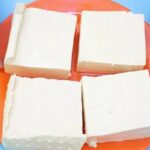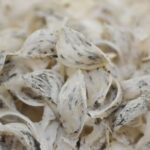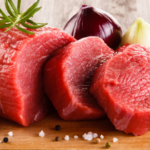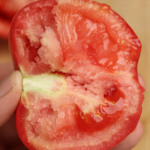Bird’s nest is a nutritious delicacy, and with its increasing popularity, sophisticated fakes have also emerged. When purchasing bird’s nest, it’s essential to buy from a reputable and trusted source. To distinguish between a genuine and fake bird’s nest, pay attention to the following key points:
Observe the structural fibers of the bird’s nest
A genuine bird’s nest has a fibrous structure, with strands intertwining in a criss-cross pattern resembling a loofah. The shape of the nest is like a curved bow or a sail, appearing coarse and rough.
When held, a real bird’s nest feels sturdy, with a thin rim and a thick body. As bird’s nests adhere to walls and cliffs, the rim should be thin, and the body thick.
On the other hand, fake bird’s nests often have a uniform thickness throughout. When held up to the light, the genuine article will allow light to pass through, appearing as an opaque white.
Fake nests, when held, will feel more like a solid block, with a softer and more uniform texture. They are also much lighter and appear coarser than the real thing. The fake nest’s strands look smoother, and when held up to sunlight, they appear transparent due to being made from starch or egg whites…
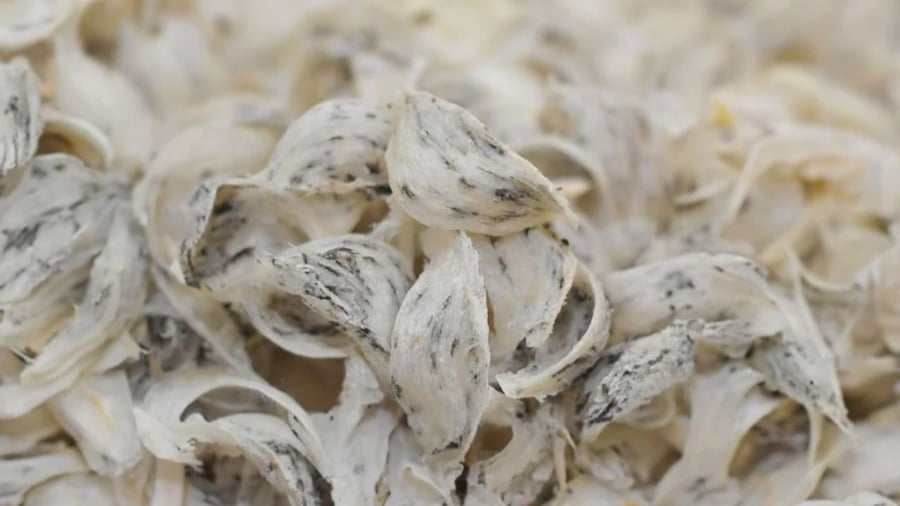
Genuine bird’s nest will have a fibrous structure like a loofah
Taste the bird’s nest
When selecting a bird’s nest, you can pluck a strand and taste it immediately to discern its authenticity. A genuine bird’s nest will have a subtle sweetness, reminiscent of egg whites. In contrast, fake nests often have an excessive sweetness due to the use of sugar, which helps bind the strands and prevent mold.
Color and Odor of the Bird’s Nest
Authentic bird’s nests are typically opaque white, sometimes with a yellowish tinge, and carry a slightly fishy odor from the birds’ saliva. In contrast, fake nests tend to have a strong bleach-like smell, are bright white, and translucent. If you’re purchasing a red bird’s nest, the genuine article will have a distinctive fragrance and be orange-yellow or bright red. In contrast, a fake nest will have a strong, pungent fishy smell and usually be a deep red.
The genuine nest will have a characteristic fishy and musty odor, which remains unchanged over time. In contrast, a fake nest will smell of seafood, like squid or fish. The musty smell of an authentic nest is natural, as the nests are formed in the wild. Notably, after stewing, the genuine nest will retain its characteristic fishy smell, while the fake nest will lose this odor, revealing the scent of the bleaching agent used.
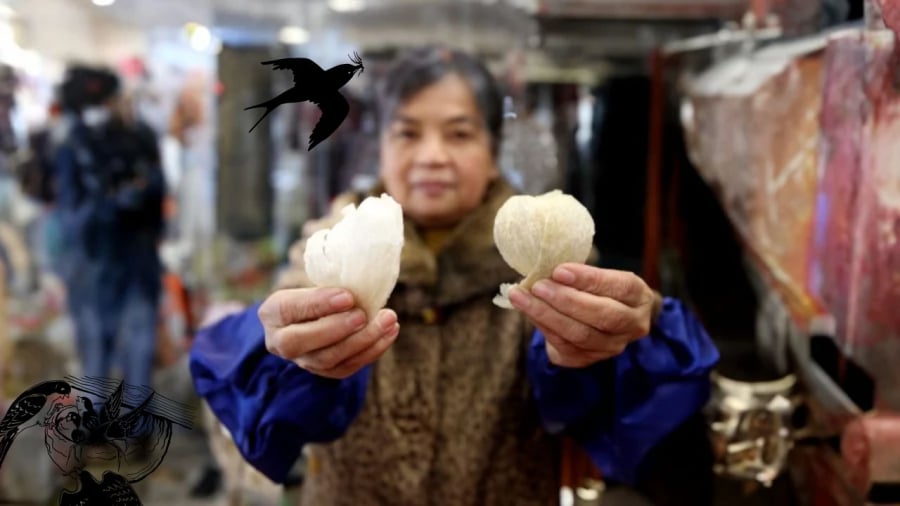
Bird’s nest has a natural fishy odor
Test its elasticity
When held and gently squeezed, a genuine bird’s nest will exhibit high brittleness and easily break into small pieces. In contrast, a fake bird’s nest will have some elasticity and tend to break into larger chunks.
Expansion of the bird’s nest
After stewing, a genuine bird’s nest will retain its characteristic fishy smell, and the strands will expand fully. Even when used in soups and boiled for extended periods, the real nest will not melt or become mushy. However, a fake bird’s nest will emit a strange odor when boiled, and the strands will expand minimally or even shrink due to the starch used in its fabrication. No matter how well a bird’s nest is counterfeited, boiling it for about five minutes will cause it to dissolve.
Expansion when soaked in water
When soaked in water, a genuine bird’s nest will double in size, while a fake nest will barely expand. Gently stirring the water will cause the genuine nest to produce bubbles on the surface, whereas the fake nest will make the water cloudy due to the dissolution of starch and additives.

























